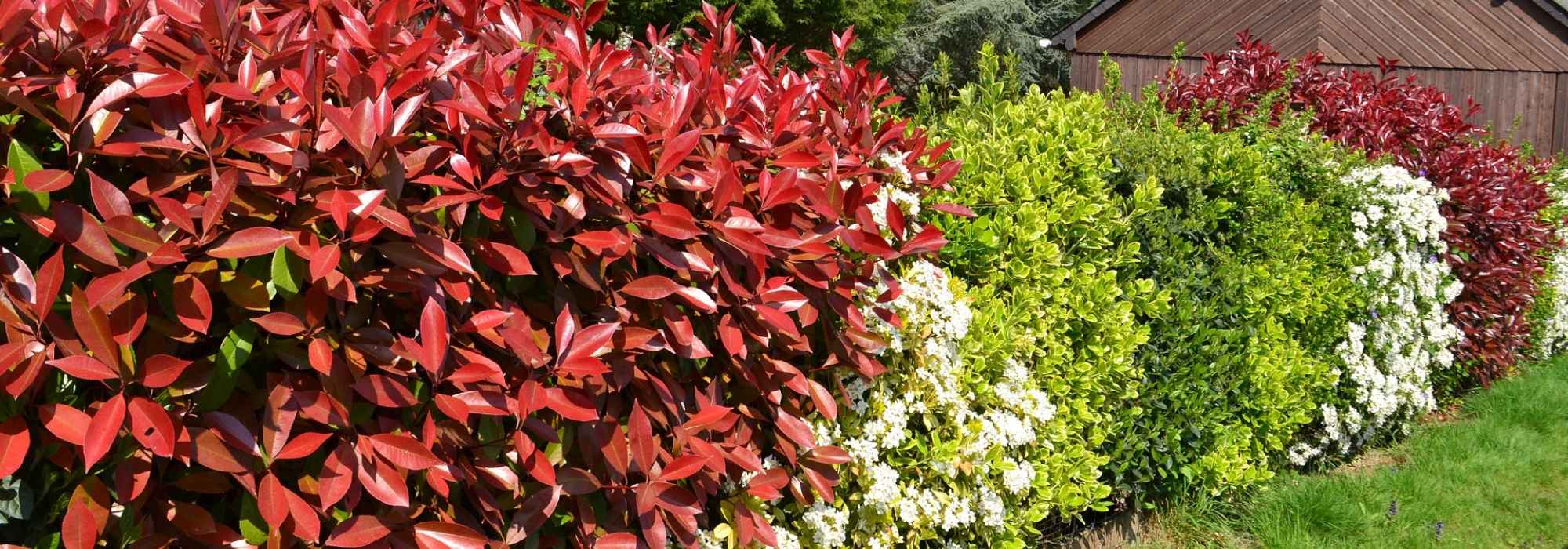
Hedge shrubs : bare roots, clumps, buckets, potted bushes... what to choose?
Our tips
Contents
It’s decided! You want to plant a hedge. Armed with unwavering enthusiasm, you have set out to find the essential oils of bushes that will bring you joy. Your list is full, but now comes the time to choose the packaging.
Indeed, hedge bushes can be offered in different forms, sizes (also referred to as strength) and packaging:
- in a pot (or container) of several litres,
- with bare roots,
- in a bucket,
- in a clump.
The price of trees and shrubs offered for sale can sometimes vary greatly depending on the type of packaging. Moreover, each type of packaging has its advantages and disadvantages.
Here are some tips and information that will help you make the best choice based on your budget and the type of hedge you wish to achieve.
Container shrubs
Container or potted bushes are sold in pots or “containers” ranging from 2 litres to over 10 litres. The particularly interesting point is that they can be planted all year round or almost… Within the advice provided for each plant we sell at Promesse de Fleurs, we talk about “planting period” and “reasonable planting period,” which implies that there is an “unreasonable planting period.” As usual, common sense prevails, of course. Do not plant container bushes when it is freezing or during a heatwave!
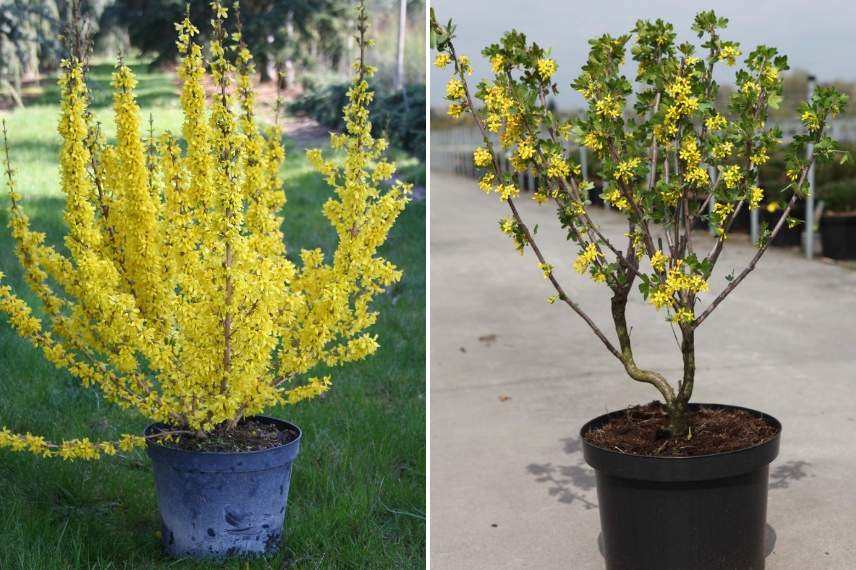
Container bushes
Overall, it is the preferred choice for a hedge of a relatively short length in modest-sized gardens (around ten bushes at most). If your hedge exceeds a length of twenty metres, especially if you wish to plant in two ranks, your choice should lean towards bushes in buckets or bare roots, which are much more economical.
The choice of varieties, as you can see in our nursery, is enormous. Almost all existing trees and bushes will be available in this form.
10-litre potted bushes provide an immediate aesthetic effect upon planting and are therefore very useful for quickly filling a “gap” in an already existing hedge.
Container bushes also require much less care when preparing the ground. You simply need to dig a hole with a volume double that of the root ball, then place your bush and backfill the hole with loosened soil.
Planting distances to respect:
- 70 to 80 cm for plants in 2 or 3-litre pots,
- 80 cm to 1 metre for 4-litre to 10-litre pots,
- 1 metre to 1.2 metres for pots over 10 litres.
Advantages:
- huge choice among varieties,
- immediate effect,
- very suitable for refilling an existing hedge,
- requires less follow-up and maintenance than young plants,
- possibility to choose and plant flowering subjects or those out of dormancy.
Disadvantages:
- cost can be significant when planting a large hedge,
- more tedious planting work compared to young subjects,
- roots can be cramped in the pot. Beware of root girdling, especially for hedges in open areas.
Read also
How to plant a hedge?Bare root shrubs
Bare root bushes are probably the best solution if you are organised and not in a hurry, for deciduous species such as hornbeams, beeches, privets, or oaks.
The advantages are numerous. They are inexpensive to purchase and you can find the most common native species, which are more difficult to locate in pots. In the garden, success is guaranteed! They establish remarkably well provided they are planted between November and March and that care is taken not to damage the roots. Otherwise, some losses may occasionally be regretted…
However, remember that the planting period is limited and you will need to prepare the soil well before planting: weed it, loosen it, amend it with potting soil or well-decomposed compost, and consider (or not) a tarp.
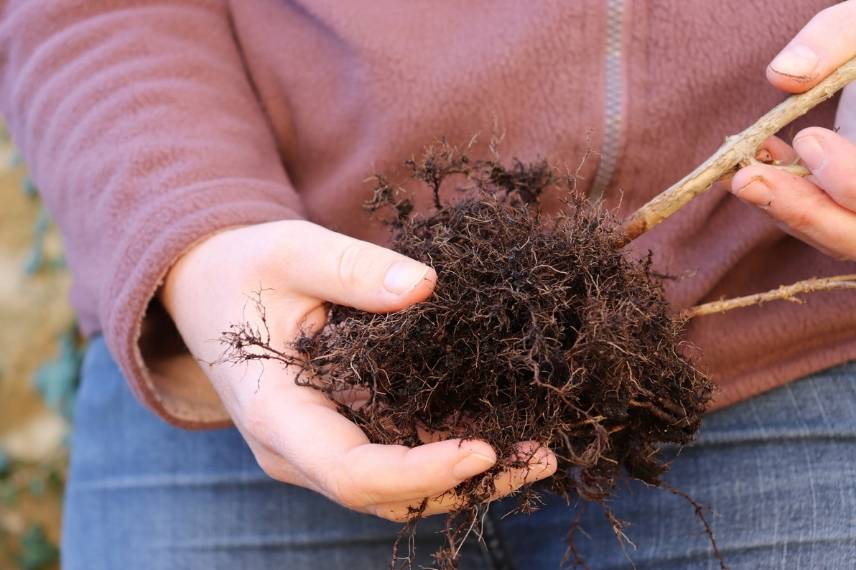
Bare root bush before transplanting
Also note that these bushes do not like to wait: if you cannot plant them immediately upon receipt, you will need to keep them in “nurse”, which means in a sandy substrate or light, slightly moist soil in the shade and sheltered from drying winds.
Nota bene: autumn and the end of winter are also the best times to move natural seedlings of trees or bushes which, by the way, will be particularly comfortable in your garden because… they were born at your place!
Planting distances to respect:
- 60 cm between each bare root plant
Advantages:
- inexpensive,
- very vigorous plants,
- no risk of root balling.
Disadvantages:
- limited planting period: from November to February,
- less choice among available species, especially among evergreens (no conifers),
- difficult to store due to fragile roots,
- require soil preparation before planting.
Discover other Hedge shrubs
View all →Available in 0 sizes
Available in 1 sizes
Available in 1 sizes
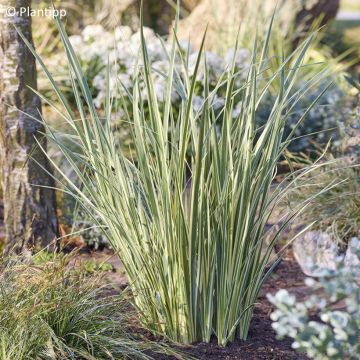
Available in 1 sizes
Available in 1 sizes
Available in 1 sizes
Available in 1 sizes
Available in 2 sizes
Available in 1 sizes
Available in 1 sizes
Young plants in buckets
Container bushes are certainly very beautiful and already well-developed, but they can also be quite expensive if you have a large garden. When acquiring a new property, when the land is bare and you need to plant a certain length of hedge, the bucket remains the best alternative for enclosing a plot at a lower cost!
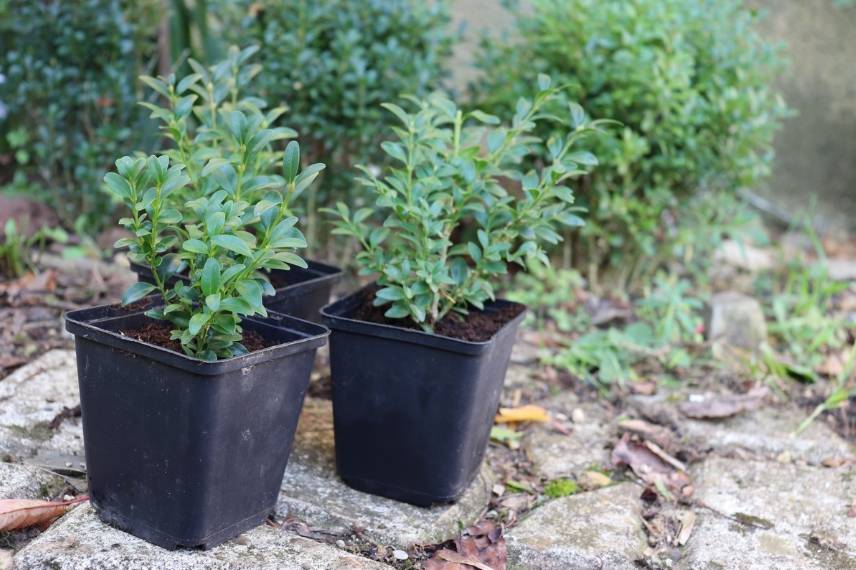
Young boxwoods in buckets. While container bushes immediately create a presence in your garden, bucket bushes are younger and have not spent many years in a pot. Container bushes will take some time to resume normal growth, whereas bucket bushes grow very quickly and will soon “catch up” with the bushes planted in containers. Furthermore, they will develop a deeper root system and will be better able (once established) to withstand harsh climatic conditions. This is why purchasing young plants in buckets remains a good solution.
The only drawback, like bare-root bushes, is that bucket bushes require good soil preparation: you must thoroughly loosen your soil over the entire planting area and remove any adventive roots. Installing a sheet, biodegradable or not, will also be essential for the initial growth of your young subjects as they may suffer from competition from adventives that could grow nearby.
Planting distances to respect:
- 60 cm between each bucket bush.
Advantages:
- wide choice of species,
- vigorous plants,
- no damaged or girdled roots,
- quick recovery,
- low cost.
Disadvantages:
- be cautious of competition with surrounding plants,
- require soil preparation before planting,
- no immediate mass effect,
- require regular watering during the first two years.
Shrubs in clumps
These bushes have the particularity of having undergone repeated “relocations” during their growth period in the nursery. This technique helps to stimulate the production of a healthy and abundant root system. It is said that these bushes have been “replanted”.
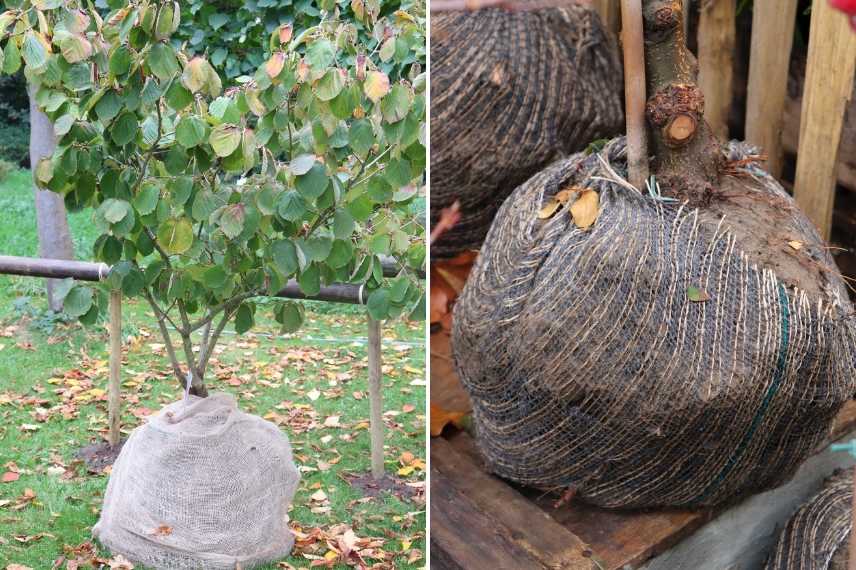
Bushes presented in clod
These shrubs therefore offer excellent recovery but, unfortunately, they are increasingly less available for sale as they are too heavy and often very expensive.
Many different bushes can be presented in this form, but it is mainly evergreen bushes, particularly conifers, that you will find in clods.
A bush presented in this type of packaging must have a nice clod that holds together when the filament is removed, a sign of an excellent root system!
Planting distances to respect:
- 80 cm to 1 metre for medium-sized clods (bushes not exceeding 1 metre in height)
- 1 metre to 1.2 metres for large clods (bushes over 1 metre in height)
Advantages:
- excellent recovery,
- good root system,
- bushes grown in “real” soil and not potting soil.
Disadvantages:
- difficult to find,
- transport and planting are not easy (these bushes are large and heavy),
- storage can be a bit complicated (care must be taken not to let the clod dry out!)
In conclusion
The choice is difficult and will depend on many factors:
- the chosen essential oils,
- the planting period,
- the budget,
- the desired effect,
- the time you can dedicate to maintaining your new hedge.
My advice:
1) Do you want to go fast? → Opt for container shrubs. They are more expensive to purchase but provide immediate presence and require little preparation for planting.
2) Do you have a tight budget or want to plant a long hedge of more than 20 m? → Choose young plants in buckets. They will grow quickly but will require more care at planting and during the early stages of their growth.
3) Do you want evergreen shrubs or conifers? → Bushes in clumps, although difficult to find nowadays, will make you happy.
4) Do you have time to see your hedge thicken and want to plant local, resilient species? → Don’t overlook shrubs offered as bare roots. They are economical and easy to plant, especially over a significant length. But remember that the planting period is limited, from November to February. Additionally, keep in mind that some losses may be expected with this type of shrub.
Hoping that this little article has helped you choose the type of packaging that will make you happy, all that’s left for you is to order, to plant your shrubs and enjoy many years of your hedge!
- Subscribe!
- Contents
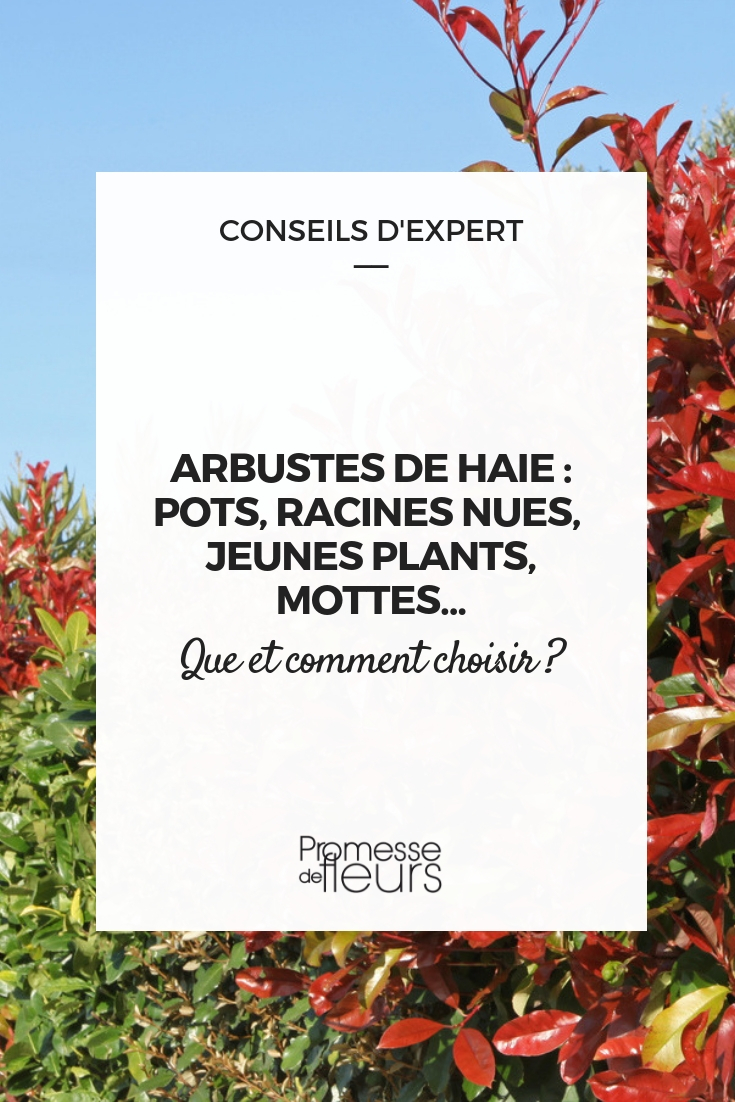


































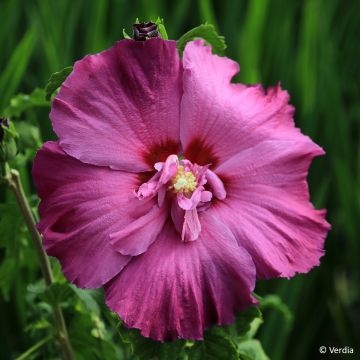
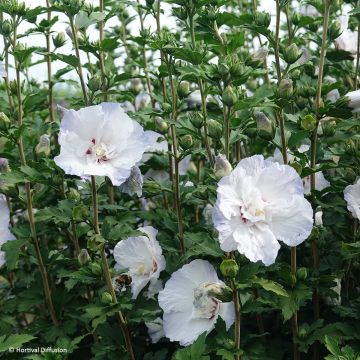


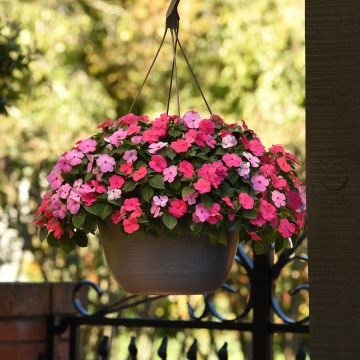
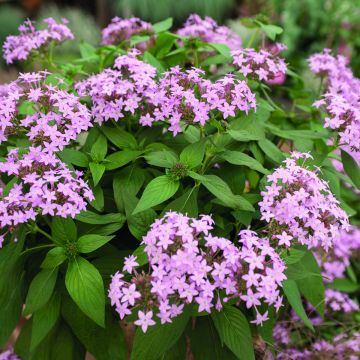
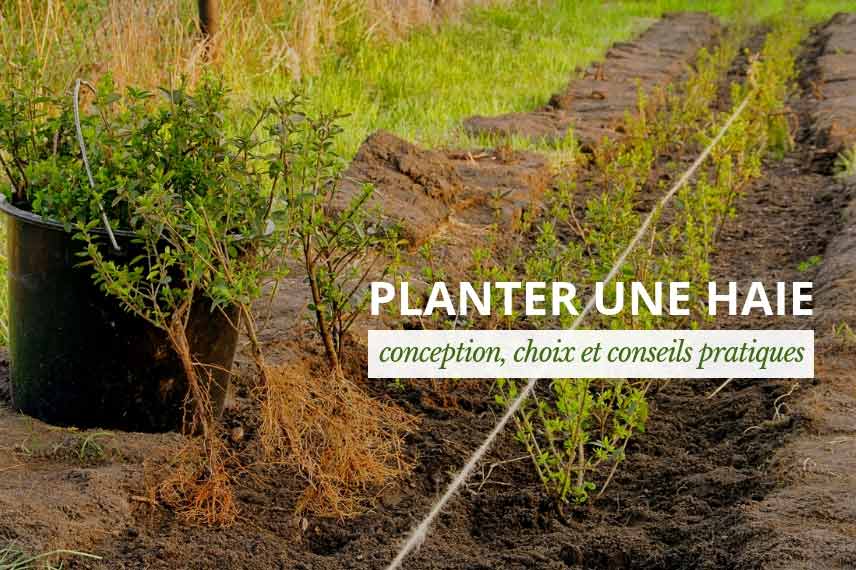
Comments